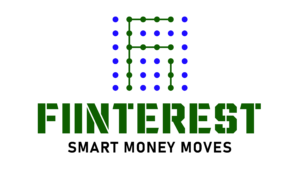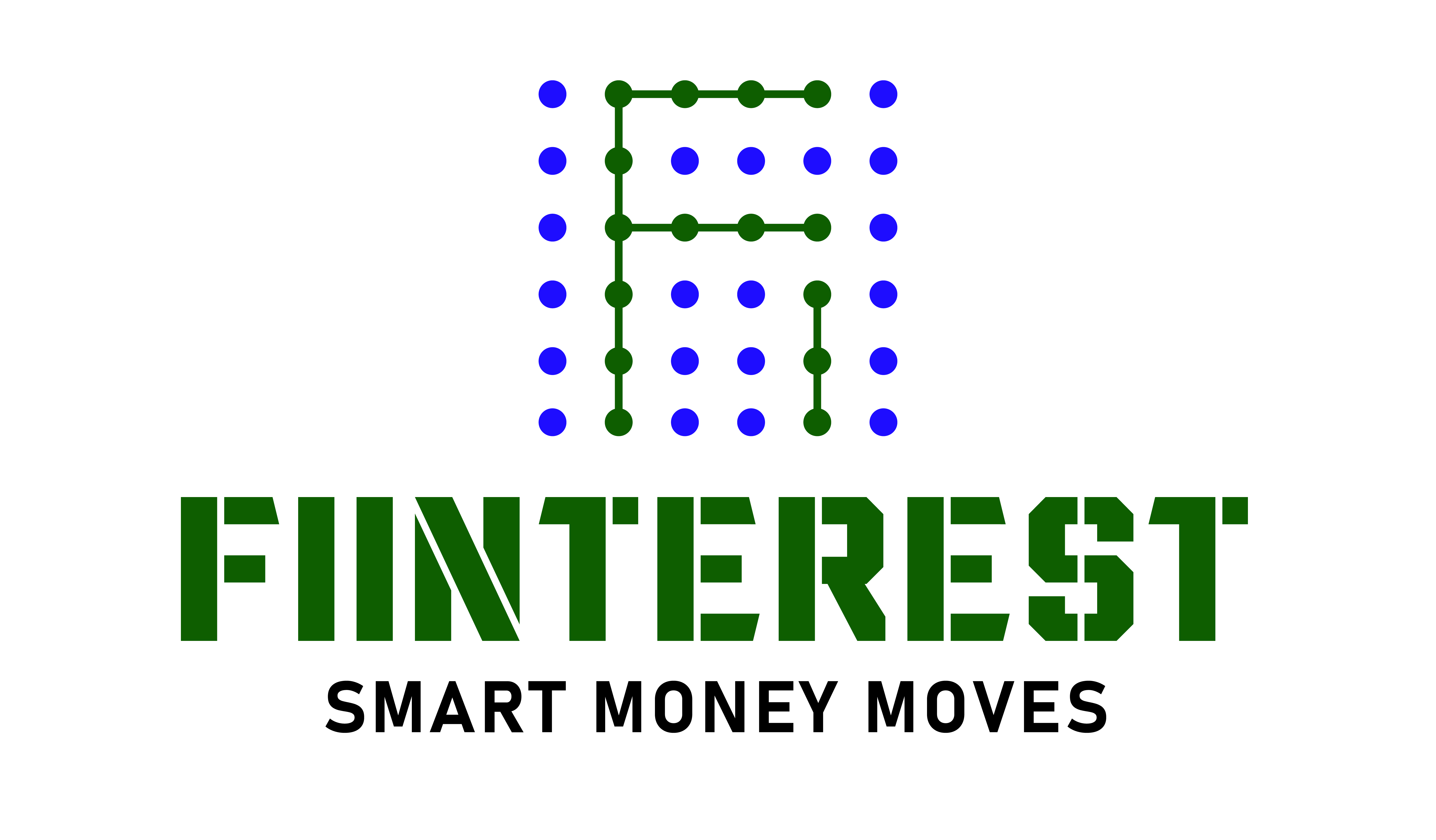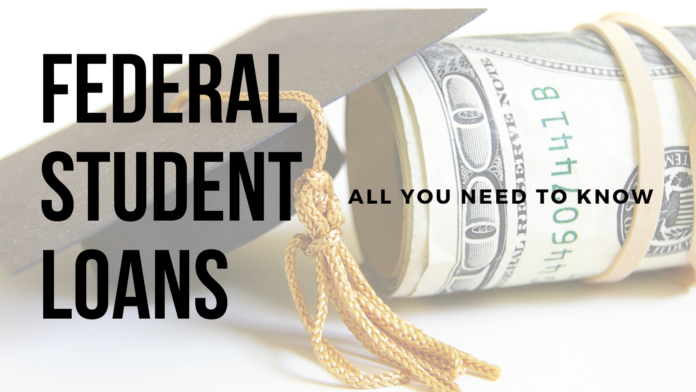Federal student loans are one financing made available by The U.S. Government’s Department of Education if you need more funds to pay thousands of dollars in annual tuition.
What is a Federal Student Loan?
Considering the escalating expense of education across the board, paying for school is challenging. Especially when other forms of financial aid, such as earnings, grants, and scholarships, are insufficient, students and their parents should seek federal student loans.
Federal student loans, also called government loans, are supported by the U.S. Government and granted to students who complete the FAFSA(Free Application for Federal Student Aid).
The best part of federal loans is that to qualify for a loan, you won’t need a cosigner, a high credit score, or even evidence of income.
However, these loans come with interest you’ll have to pay back.
But still, the interest rates on federal student loans are often far lower than the best rates offered by private student loan companies.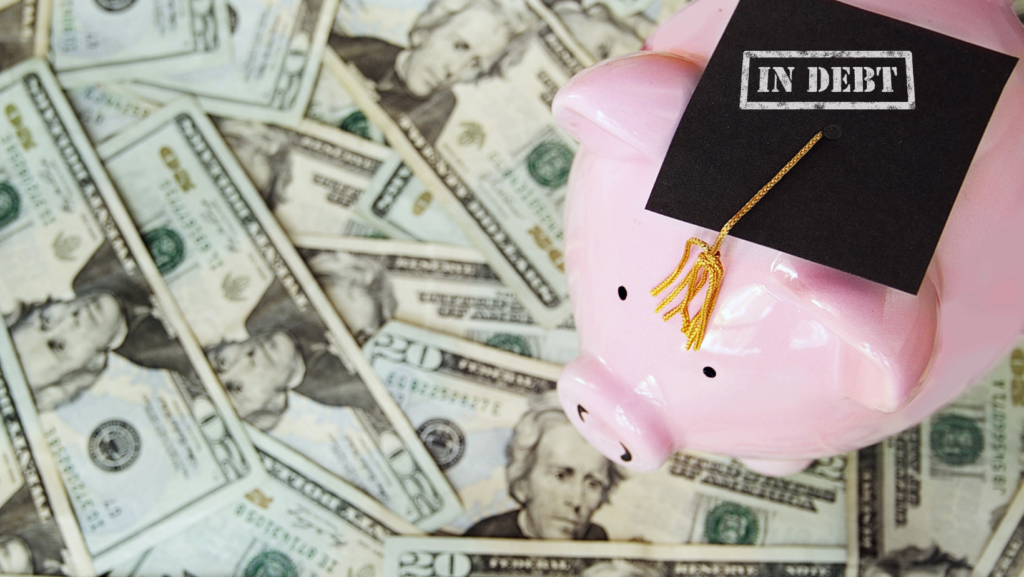
Federal Student Loan Types
There are a variety of federal student loan options, including:
- Loans with Direct Government Subsidization
- Unsubsidized Direct Loans
- Direct PLUS Loans -two kinds of Direct Plus Loans- Those for graduate and professional students (Grad PLUS Loans) and those for the student’s parents (Parent PLUS Loans).
- Direct consolidation loans
Direct Subsidized Loans are available to students who, according to government guidelines, have a financial need.
There is no accrual of interest on student loans. At the same time, the borrower is enrolled as a full-time undergraduate student when the borrower is in a period of deferral (a period when repayments are temporarily deferred) or while the borrower is in a grace period (the time, usually six months after you leave school or graduated).
Direct Unsubsidized Loans are federal student loan that does not factor in the borrower’s degree of financial need.
The amount of money you are permitted to borrow is established by your educational institution and is proportional to the amount you earn in scholarships and grants.
Interest will be charged at all points and may be capitalized (when unpaid interest is applied to the principal amount of a student loan) at specific topics throughout the loan term. This may increase the overall cost of your federal loan.
The Direct PLUS Loan is an unsubsidized federal loan available to graduate and professional students and the parents of dependent students.
If your other forms of financial assistance fall short of covering the total cost of attendance, you may be eligible for a PLUS loan to help fill the gap.
A credit history check is necessary, but eligibility is not determined by how much money you need. Applicants looking for loans with a poor credit history must fulfill different conditions to qualify.
Interest is accrued at the beginning of the loan and may be capitalized at various points over the life of the loan, both of which may increase the overall cost of your federal loan.
Direct Consolidation Loans are available from the federal government. They may be used to combine several federal education loans into a single loan with a fixed interest rate calculated by taking the average of the rates on the loans being consolidated.
You won’t be able to combine private loans via the government program; however, private lenders may consolidate all of your debts, including federal and personal loans, by paying off your existing loans and providing you with a new loan in their place. This is commonly known as refinancing.
If you refinance with a private lender, you may receive a cheaper interest rate. Still, you will also lose the flexible repayment choices and consumer safeguards of government loans. Consolidating federal loans via the government program and refinancing private loans with a private lender is a good strategy if you have both types of loans.
Federal Vs. Private College Loans: What’s The Difference?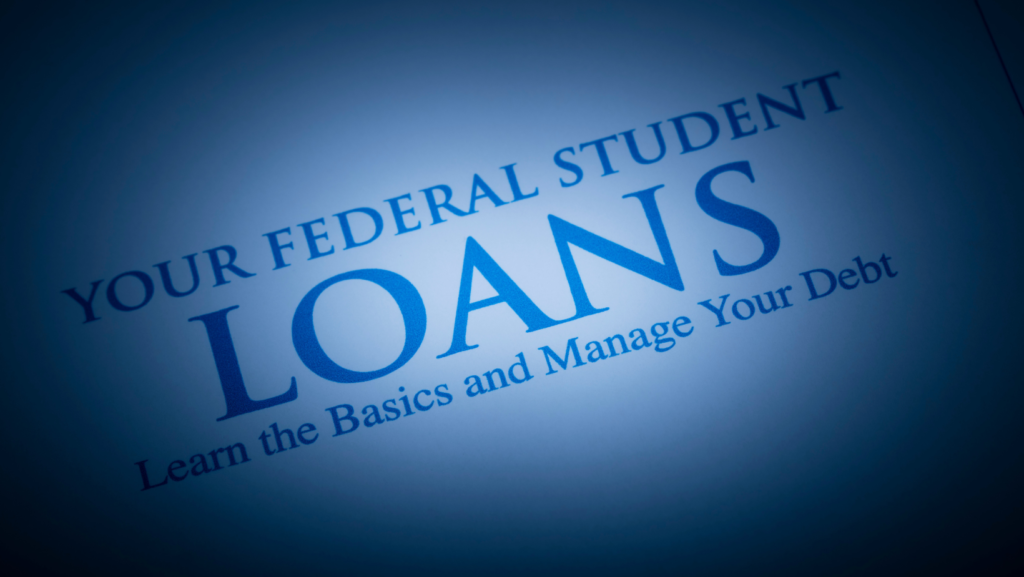
Private student loans can be obtained through various institutions, including credit unions, banks, and other financial institutions.
However, Federal student loans, which the U.S. Department of Education regulates, often feature low-interest rates and much more flexible repayment options than private ones.
Benefits Of Federal Student Loans
- It’s flexible.
Although every student loan, whether federal or private, is a legal agreement and must be repaid with interest, federal student loans often provide more adaptable repayment alternatives than personal student loans. For borrowers with federal student loans, for instance, the ability to modify repayment plans exists even after the funds have been deposited into the borrower’s account (or sent to your college).
2. Payments are income-based.
Income-driven repayment plans, also known as income-based repayment plans, are available for certain federal student loans. These plans limit payments depending on the borrower’s income and the number of people living in their household.
3. No need for credit history.
In contrast to private student loans, applicants for federal student loans are not required to have a solid credit history to qualify. This may be particularly useful for recent high school grads who wish to attend college but still need to establish sufficient credit.
4. No cosigner is required.
Since the borrower’s credit history is not considered for most federal student loans, except Direct PLUS Loans, applying with a cosigner for these loans is optional.
Interest Rates on Federal Student Loans
Each year, the United States Congress determines the interest rates for federal student loans based on the yield of the 10-year Treasury note.
Interest rates may fluctuate annually, yet they will remain fixed after a loan has been disbursed to you.
For the academic year 2022–2033, the following are the interest rates that will be applied to federal student loans:
- Direct Subsidized Loan: 4.99%.
- Direct Unsubsidized Loan: 4.99% (undergrad) or 6.54% (graduate).
- Direct PLUS Loan: 7.54%
Can The Government Forgive My Federal Student Loans?
On August 24, 2022, President Biden announced that most people who borrowed money from the federal government for educational purposes would be eligible for one-time loan forgiveness of up to $20,000 in student debt.
To be eligible, borrowers’ yearly income must be lower than $125,000, and beneficiaries of the Pell Grant will be qualified for the maximum relief.
It is anticipated that around 8 million borrowers will be eligible to get this relief without taking any action, and applications for all other borrowers will be accessible by the end of the year.
The Federal Direct Loan Program is where you may apply for these federal student loans.
